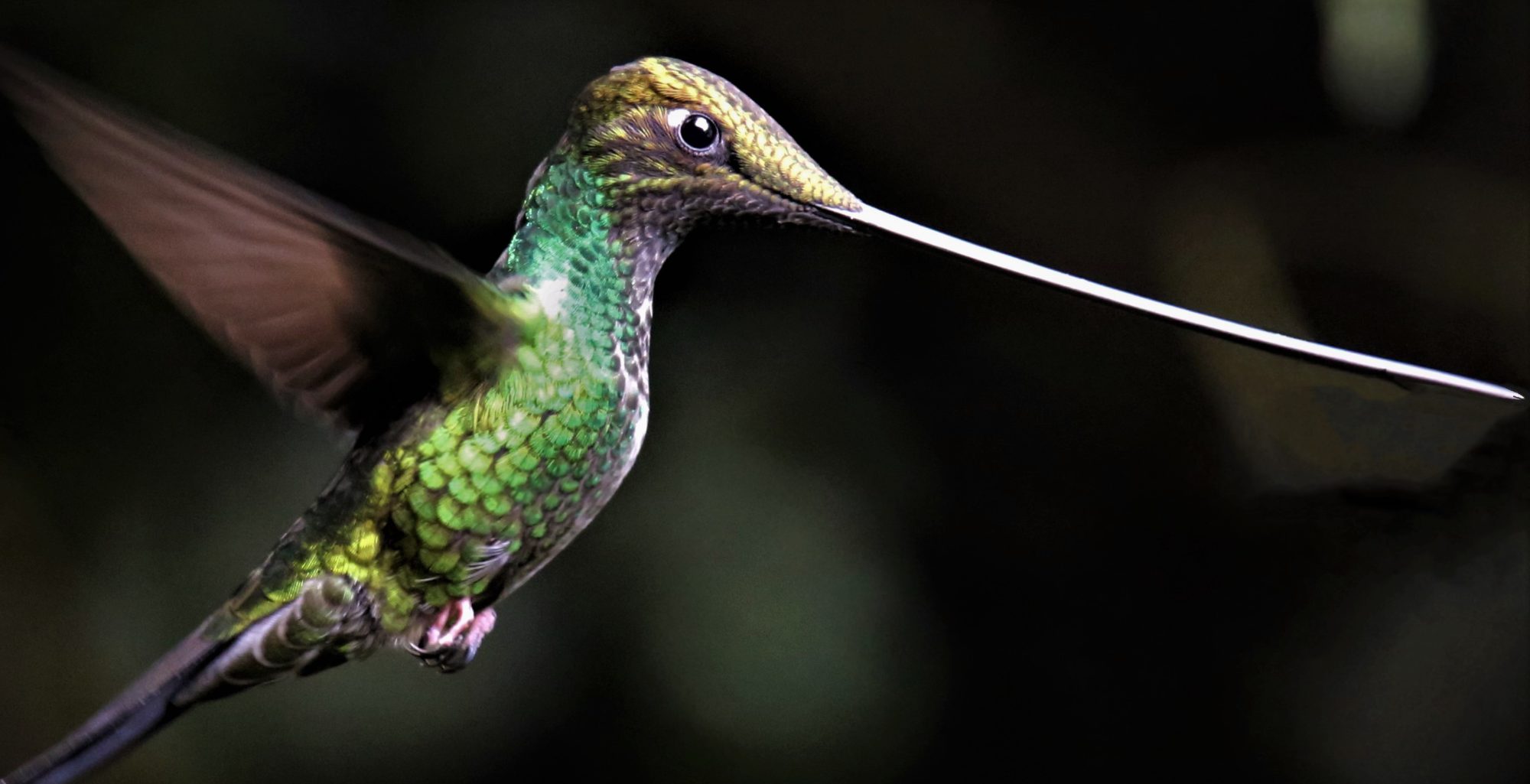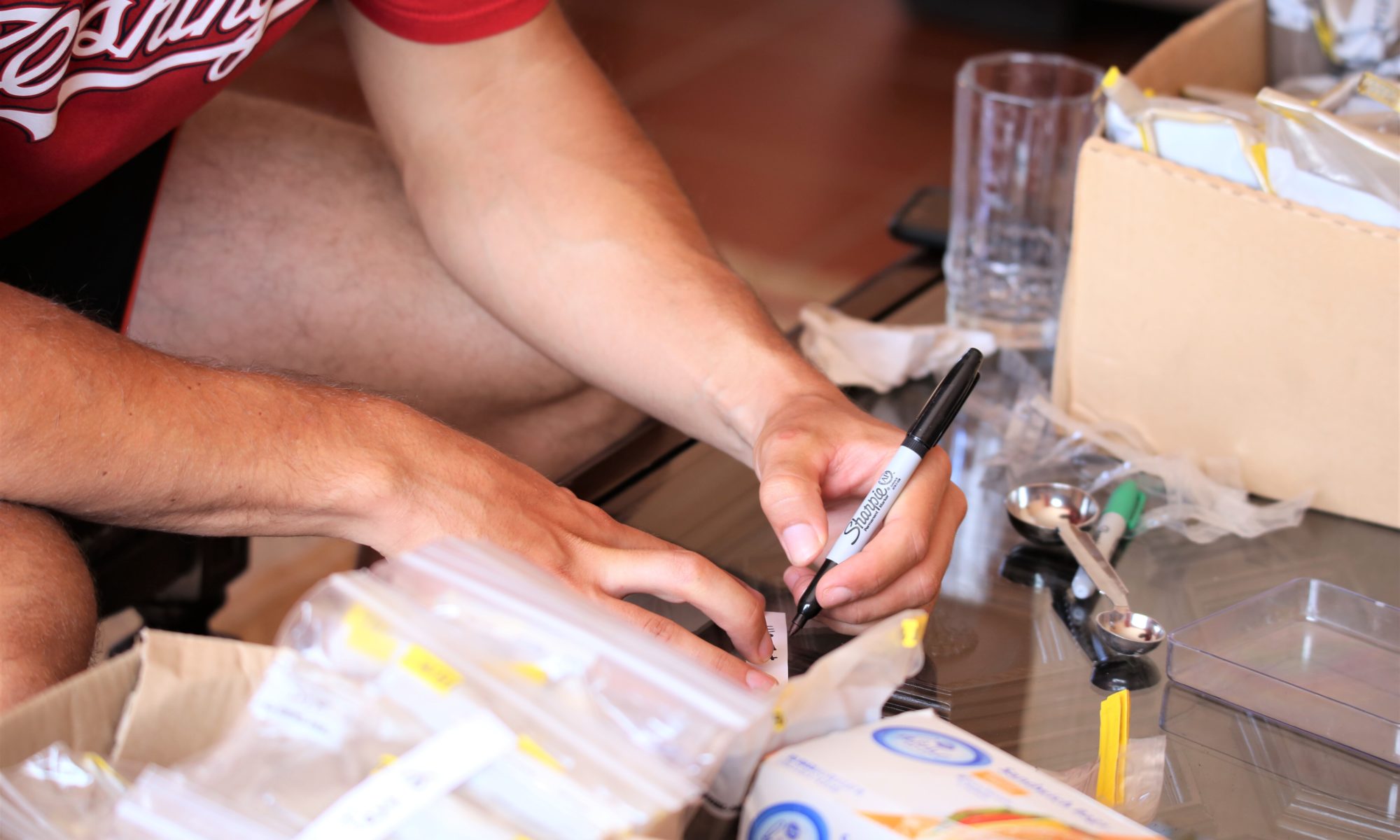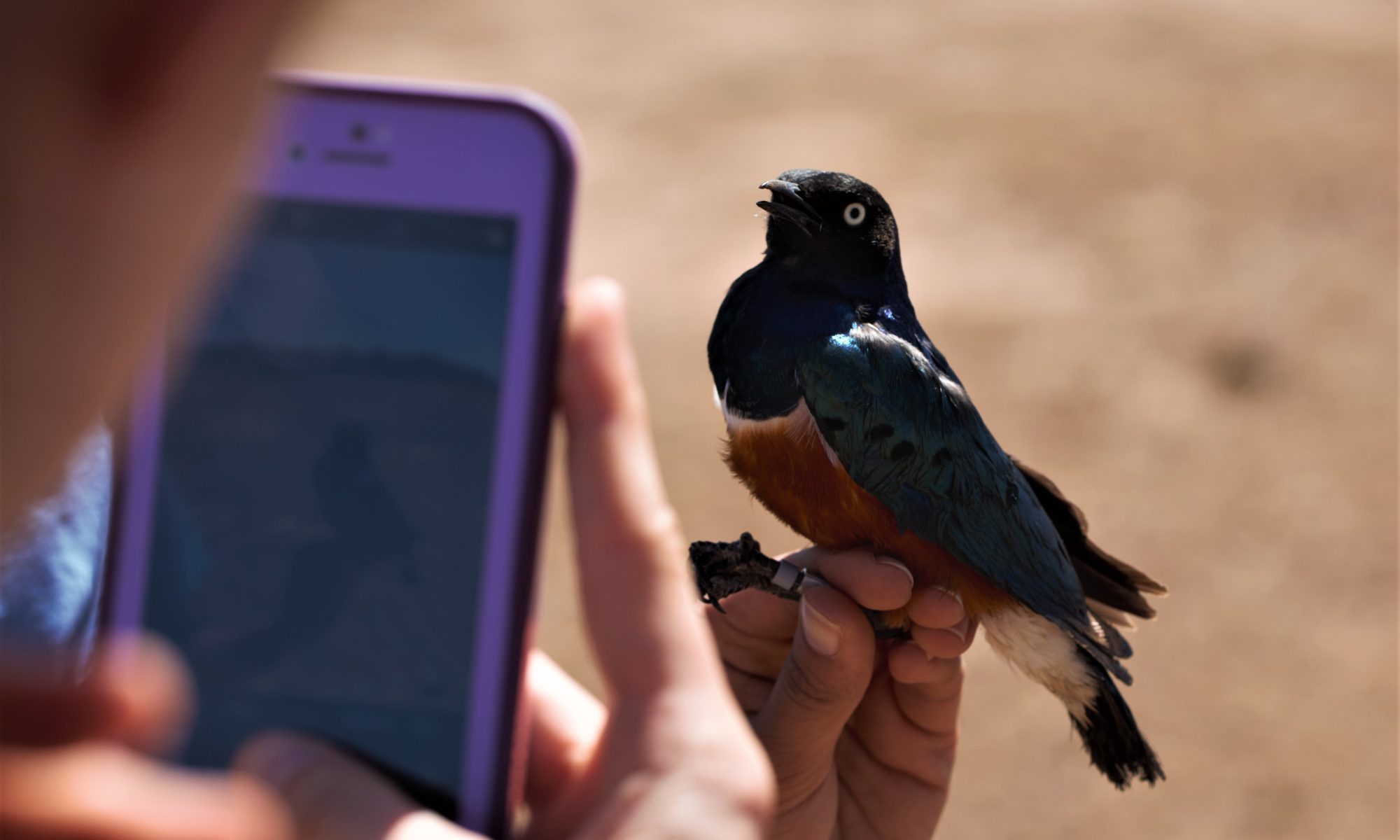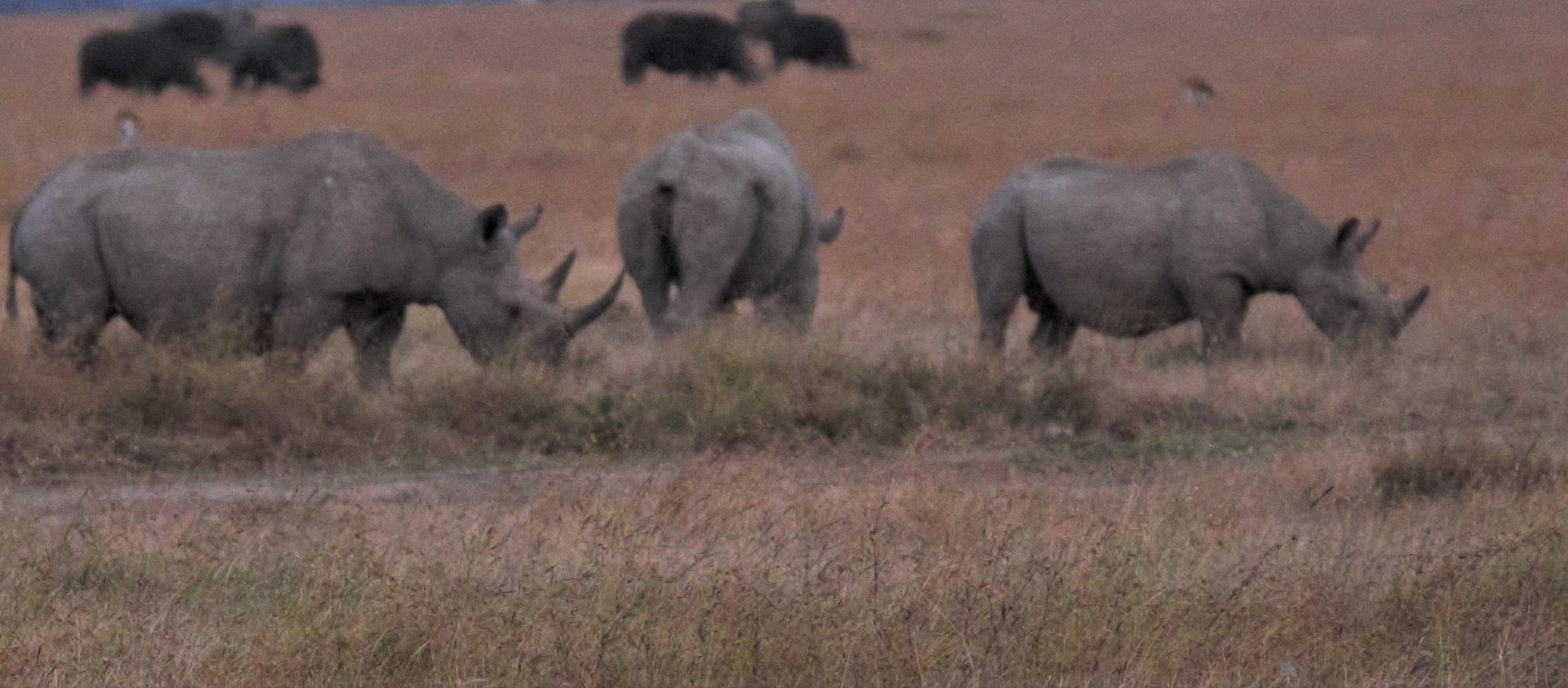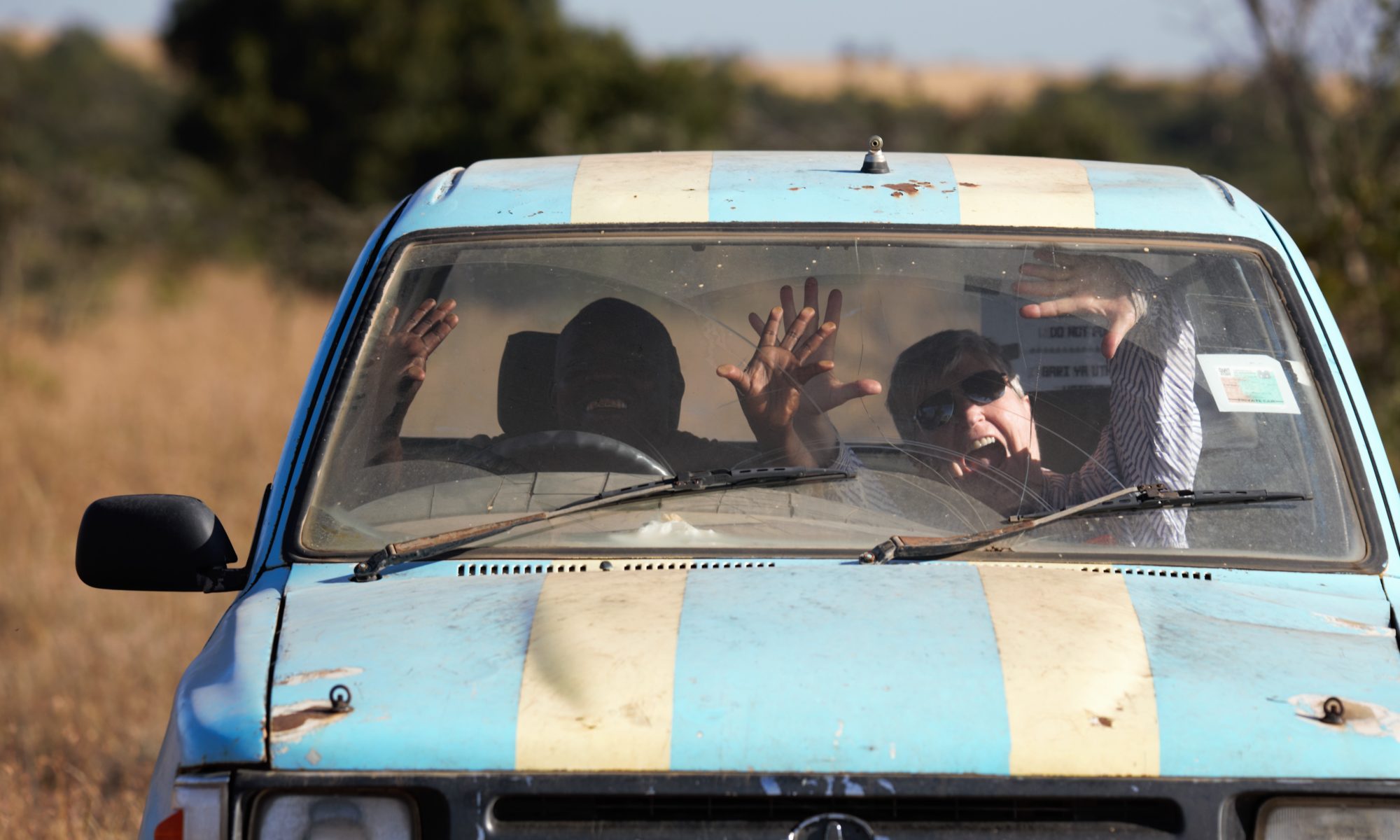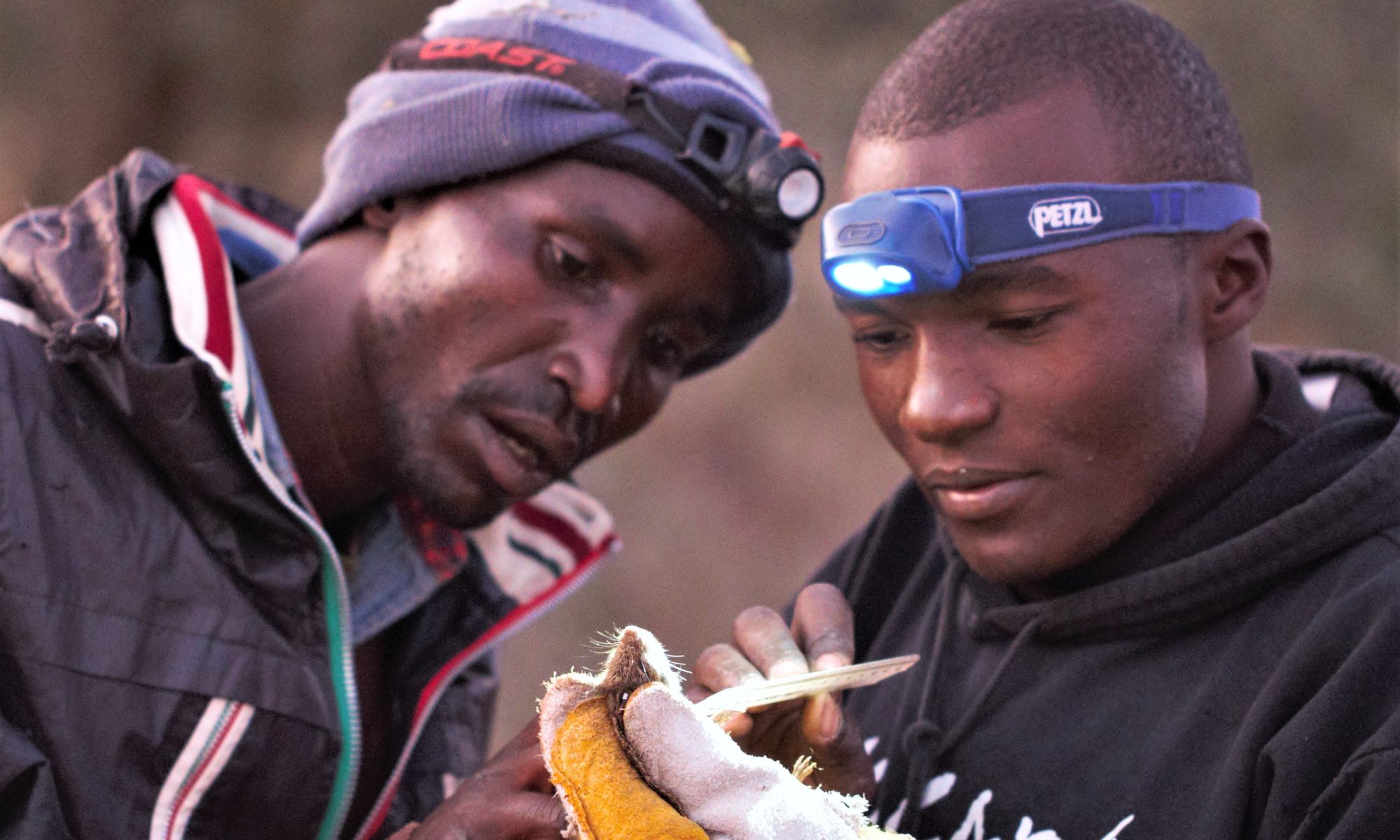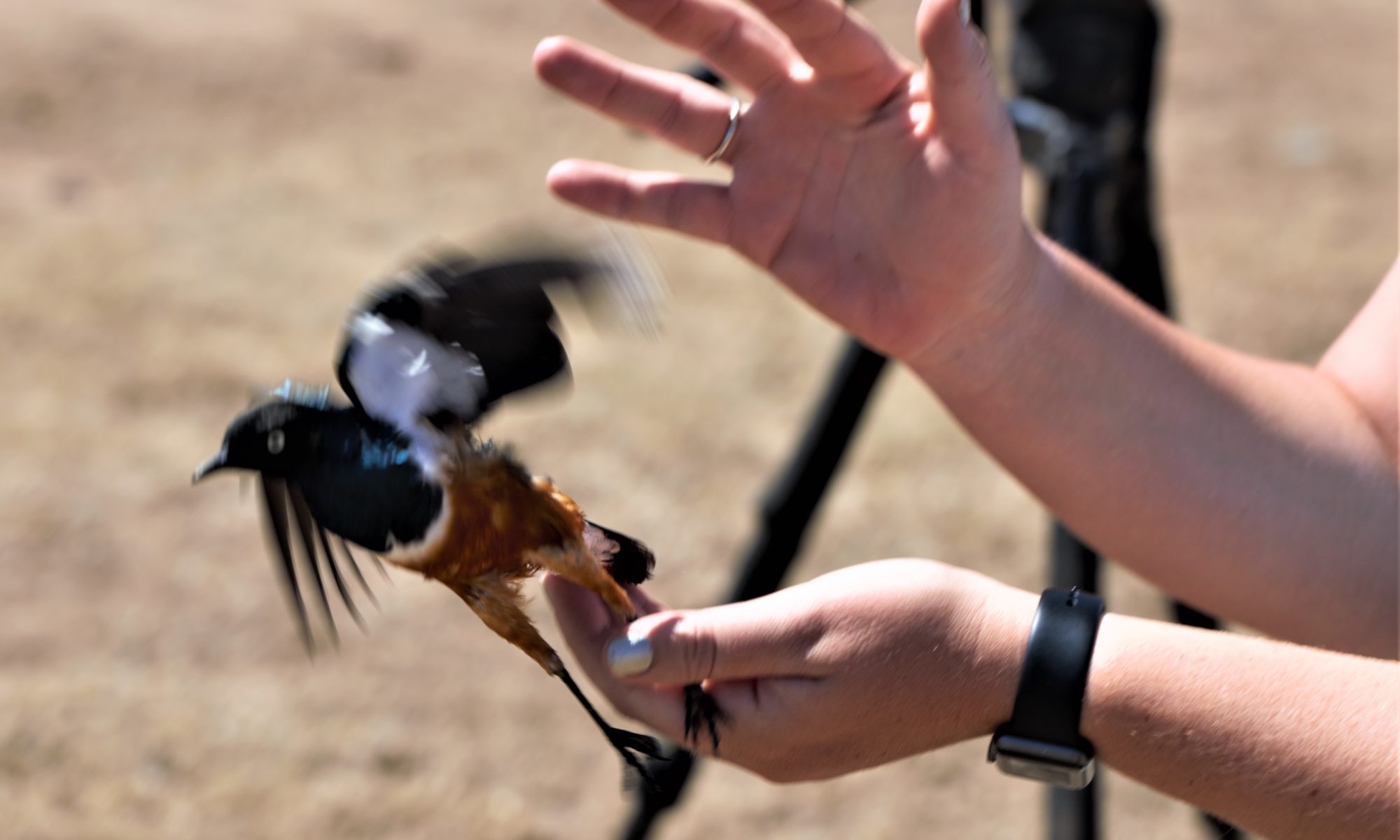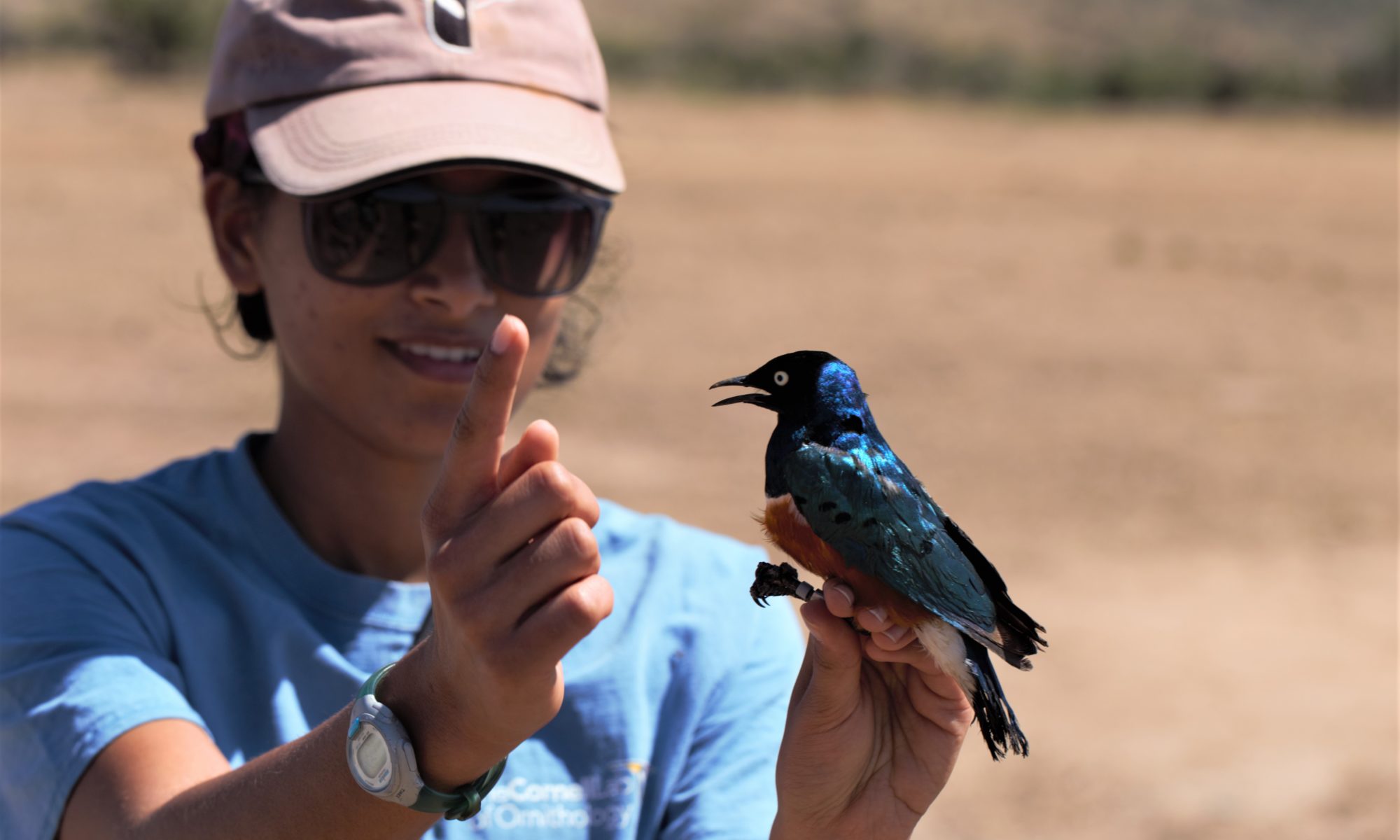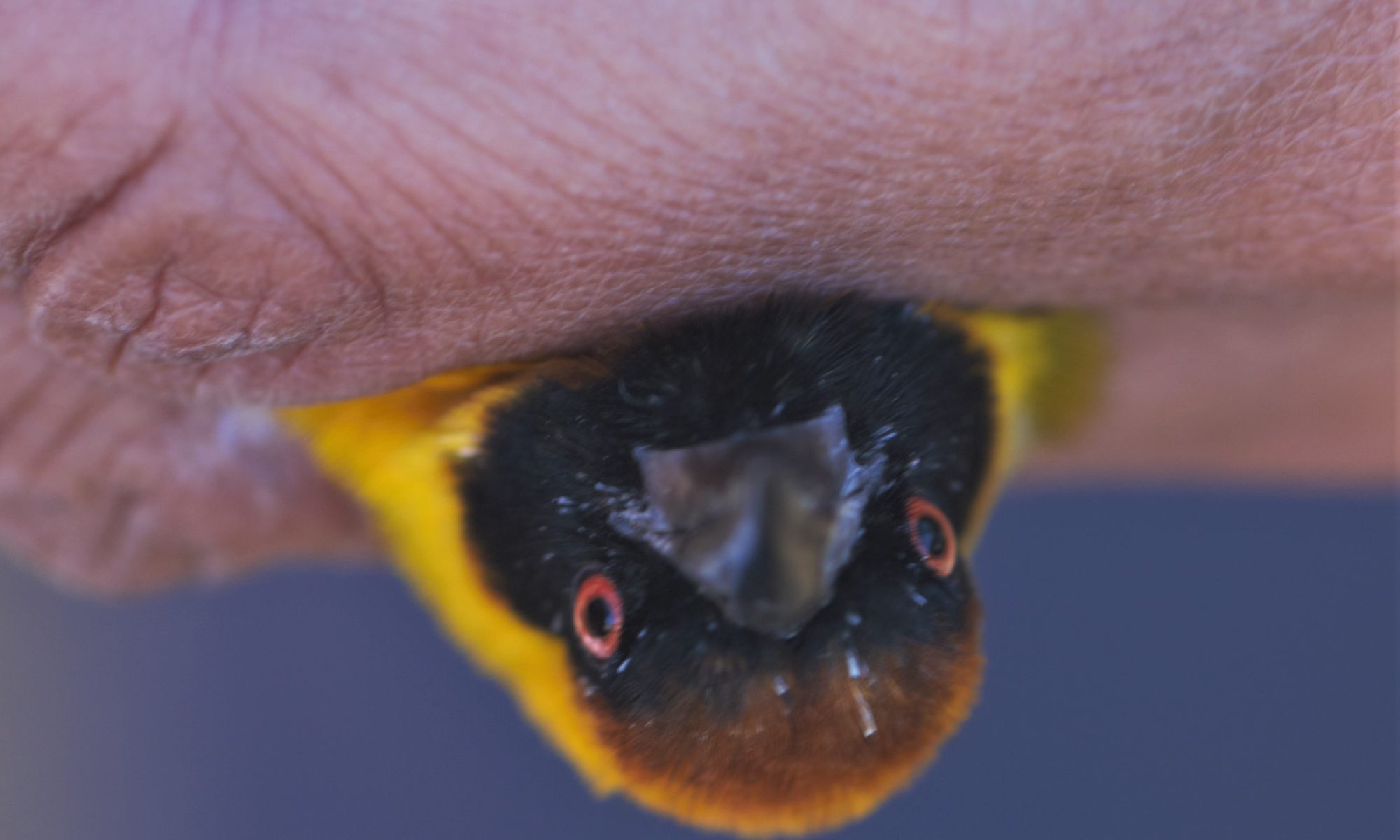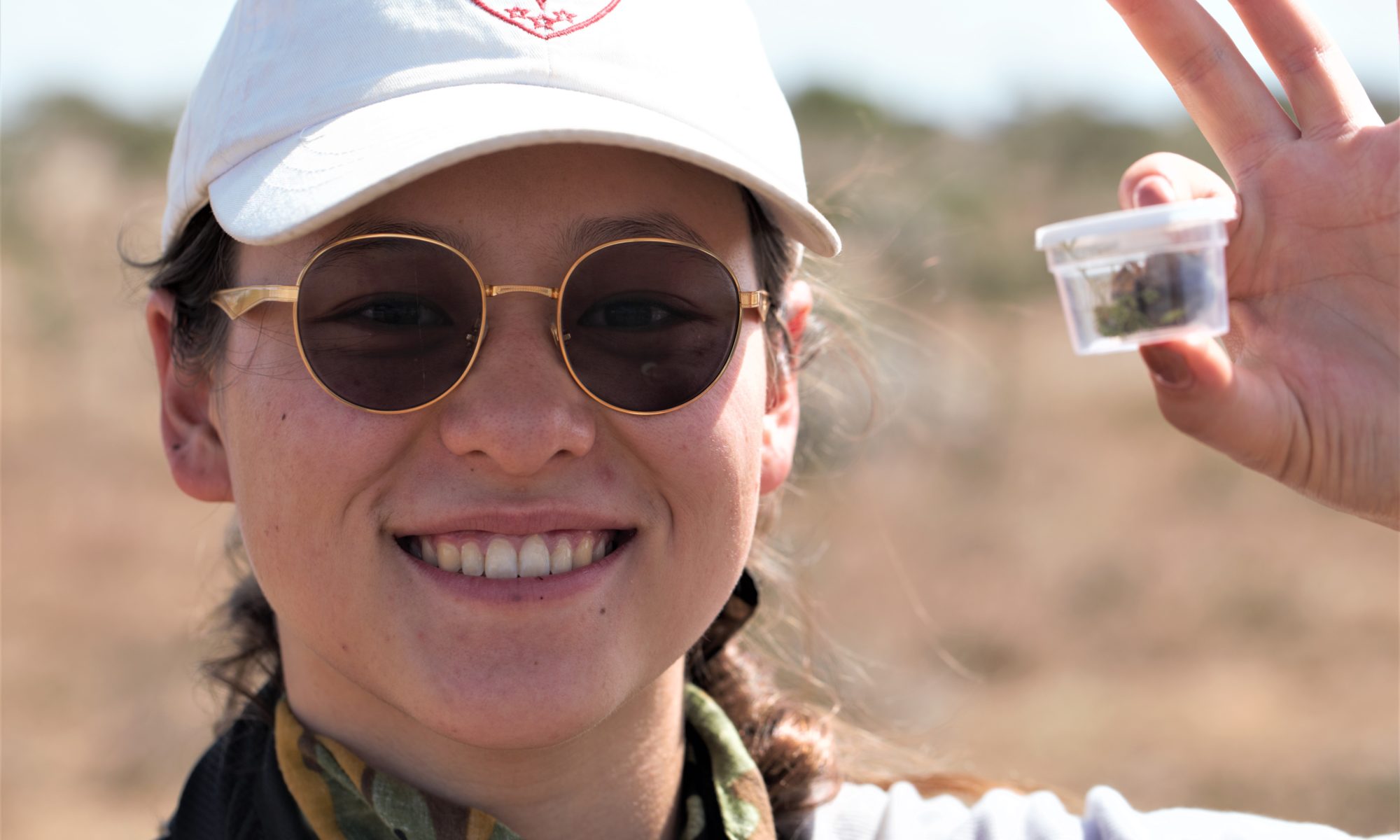Sorry for bouncing from place to place, but this post puts me back at Ol Pejeta. I have at least a couple more posts to write before I leave the continent of Africa for the remainder of this adventure.
The picture above is one of us getting work done that needs to happen for the Big-Headed Ant project. While there, I stayed with three of the primary investigators of the project, and a few other people, in a rather large house in a lion free (though you can hear them off in the distance at night) area within the conservancy.
One of the scientists, Dr. Jayne Belnap, is a world-renowned soil scientist with the USGS. Many, many hours went into the work to get the soil samples to the point they were at when I first saw them at Scott’s apartment. It was time to weigh and repackage them for export to the U.S., where sophisticated chemical analysis could be done. The export permit required that each soil sample (currently held in large containers in cardboard boxes) be subdivided into 30 gram (about two tablespoons, depending on the makeup of the sample) portions and sealed in small ziplock bags and then 7 of the small sample bags were placed into larger labeled plastic ziplock bags. These larger bags of samples were to be boxed later and then be transported to Nairobi for shipment. Since there was a lot of dirt in the many boxes collected at various locations, it was a tedious and time consuming job that evidently was necessary because of some compliance rule that the scientist I spoke to thought wasn’t necessary. Rather than complain about the rule, Dr. Jayne’s suggestion was to have a soil “party.” I can say now after the experience, it was not a lot of fun sitting around a table with dirt samples and scientific scales, but I was happy to volunteer and do my part. It was not hard, but it took many hours. The “party” allowed all of us to chip in, shortening what would have been a boring task for one person. I am sure we all felt good about it in the end. Some of us even seemed to get a thrill out of occasionally nailing the precise 30 gram weight with the measuring spoon (one of which can be seen in the photo above) with one heaping scoop. You had to be careful to keep the integrity of the sample; no spilling allowed and you had to be sure not to mix samples from different sites. The event was a good example of the idiom, “Many hands make light work.” I think we did our job well as a team.
I hope the resulting analysis reveals useful scientific information. Dr. Jayne is one of those people who can bring people together and give everyone a “can do” attitude. It is obvious she loves her work and the places in the world it has taken her. I hope to meet her again sometime.
